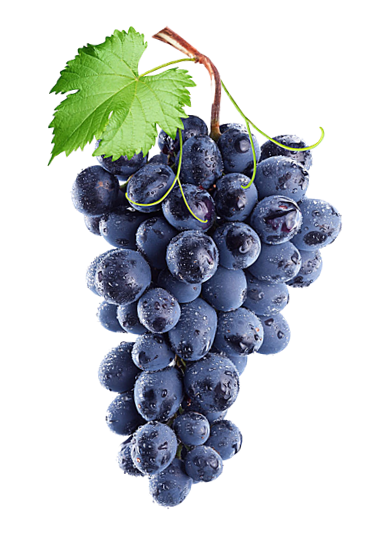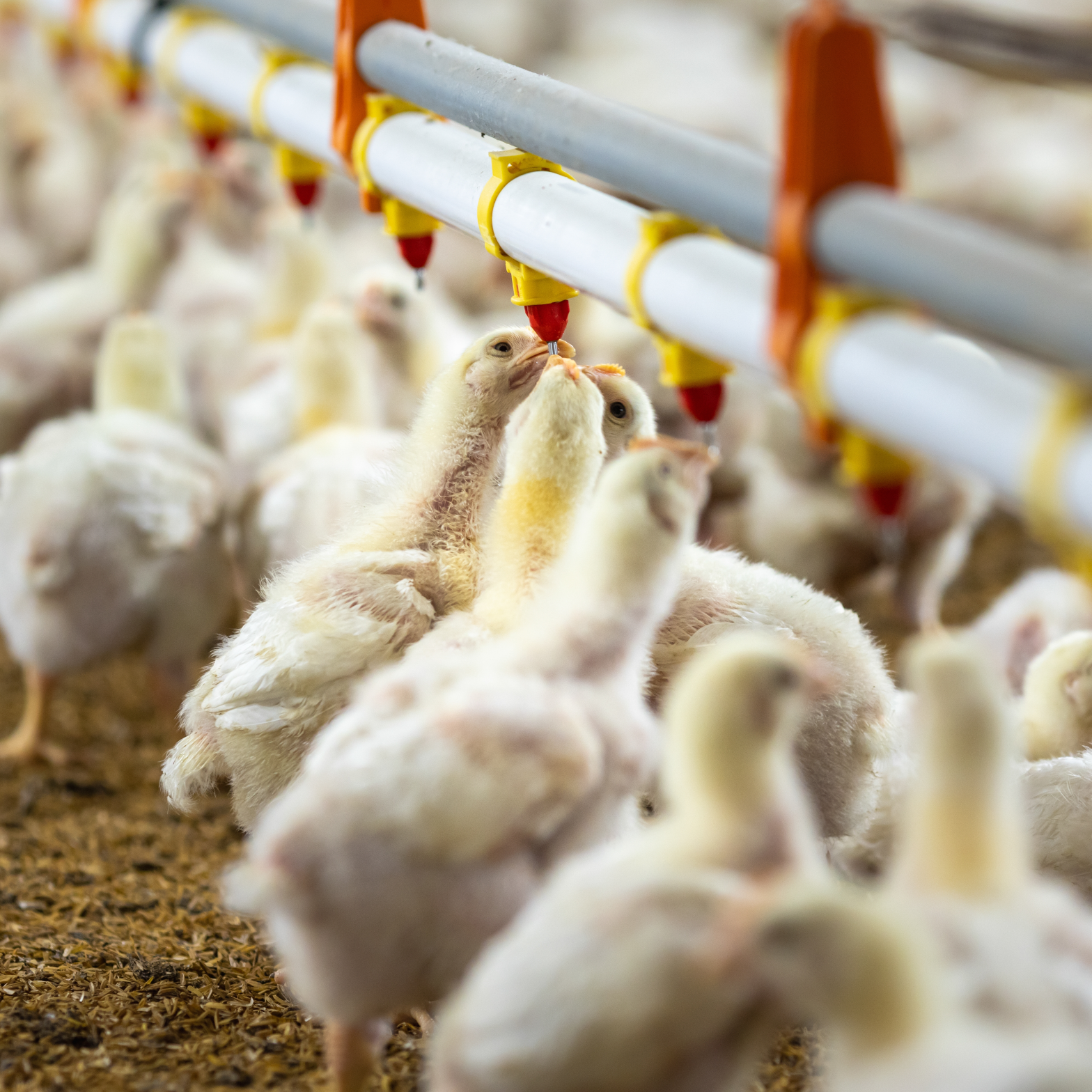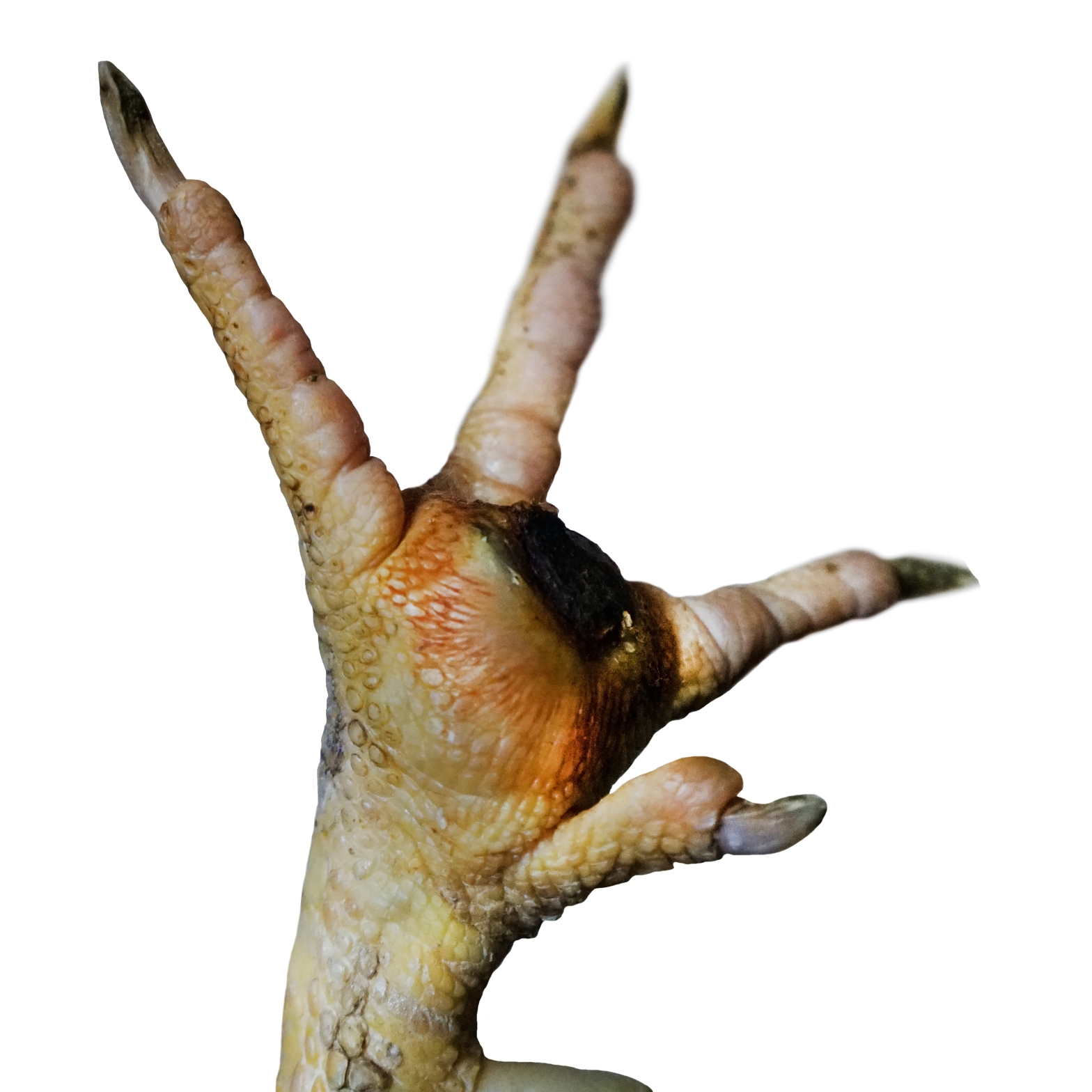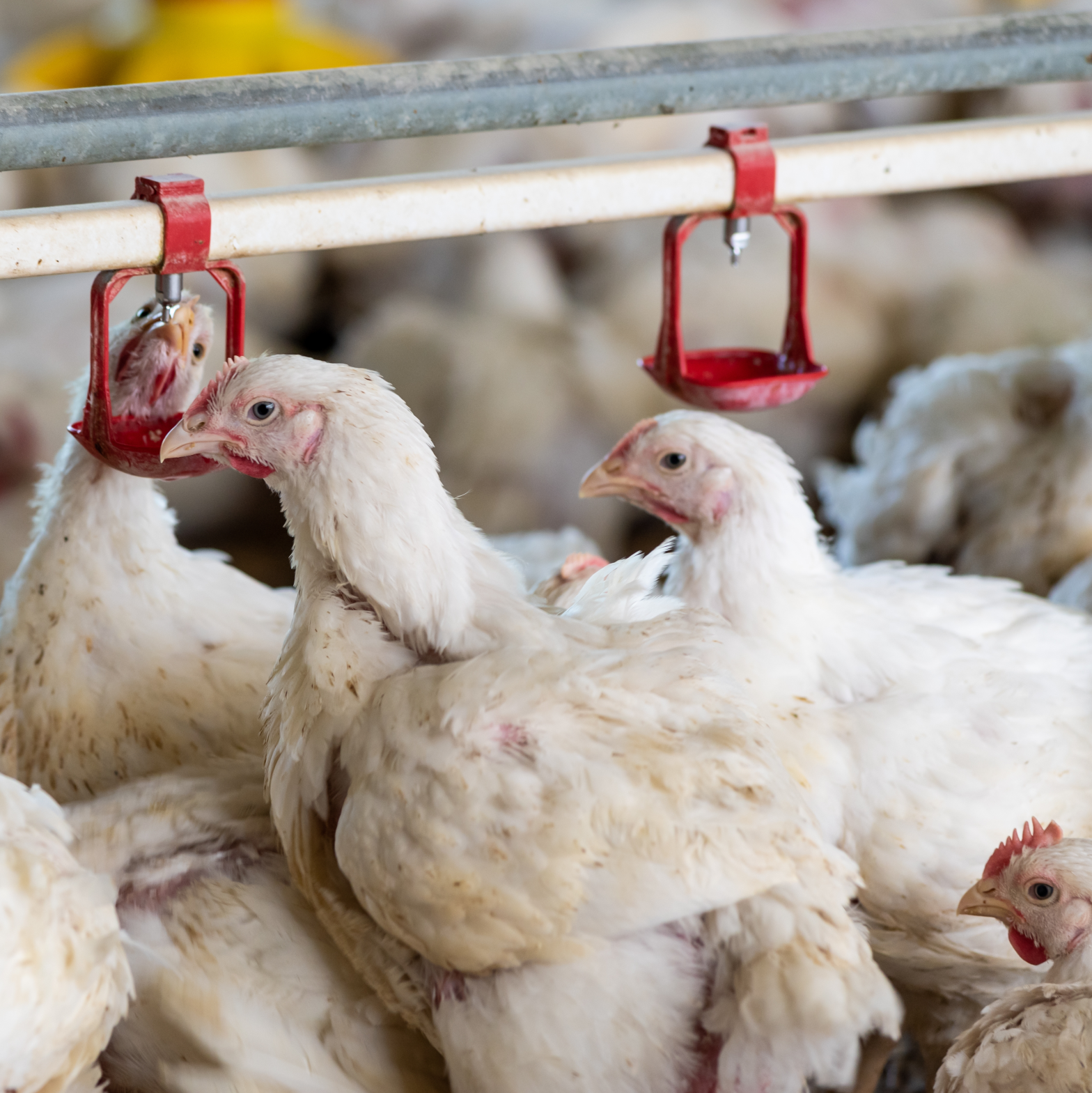
Protecting livestock from the stress due to
Rising temperatures
Heat stress casts a shadow over the performance and profitability of livestock production. Unfortunately, farmers cannot always measure precisely the losses associated with this insidious threat, even though studies have confirmed the high cost associated with it. For the U.S. market, the yearly losses have been estimated at 98 million USD for the poultry industry (St Pierre et al., 2003), at 1 billion USD for the swine industry with half in the breeding herd (Pollmann, 2010), and at 1.5 billion USD for dairy cows (Key and Sneeringer, 2014) with a loss up to 176 USD cow per year in the hottest States (Ferreria et al., 2016). Likewise, in Europe the cost has been estimated to be around 10,000 USD per year for farm of 500 sows. This situation will only worsen. Some projection has evaluated the losses at up to $94 billion per year globally by the end of the century with the IPCC most probable projection scenario (+2.7°C-+4.4°C by 2100; SSP5-8.5; Thorton et al., 2022).
Heat stress is currently considered to be one of the most stressful events in the life of livestock animals leading to the impairment of zootechnical performance and health (Gonzalez-Rivas et al., 2019). It arises when heat gain from environment and metabolism surpasses heat losses, leading to an abnormally high internal body temperature. To maintain the body temperature in its thermos-neutral zone, the metabolism is modulated and favors the dissipation of internal heat along with the limitation of its production. However, these modulations come at a cost.
Oxidative stress is one of the main issues in heat stress (Chauhan et al., 2021). First, animal’s body responds to heat shock discomfort by overproduction of reactive oxygen species, inducing oxidative stress. In addition, some the modulation of the metabolism to reduce internal heat produces reactive oxygen species. The supplementation with standardized natural antioxidants like grape polyphenols has been proven to represent a relevant strategy to limit the heat stress impact in layers, broilers, sows and dairy cows.


Rumen-protected natural grape polyphenols as a solution to mitigate
Heat stress impacts in dairy cows
The effect of rumen-protected natural grape extracts, Nor-Grape® BP-O, supplementation during summer has been studied with the University of Messina, in Italy. The trial was carried out on Simmenthal dairy cows from the end of July to the end of August in South Italy. Animals received Nor-Grape® BP-O on top of the TMR ration. Milk yield and composition was recorded daily and rectal temperature was followed at days 2, 10, 17, 28 and 35. Rumination time, heavy breathing time and feeding time were daily recorded.
Nor-Grape BP-O, an effective tool to support performance under heat stress conditions
Trial results
Based on the temperature-humidity index (THI), dairy cows were in moderate to severe heat stress during the trial period. The rumination time and feeding time did not differ between groups. The milk yield was significantly higher by 1.81 kg/day thanks to the supplementation compared to the control (respectively, 28.7 and 26.9 kg/day; see Figure 1). The benefit was the same for fat corrected milk and energy corrected milk. The yield of protein and fat in milk was also significantly higher with the Nor-Grape® BP-O supplementation (respectively, +7% and +8%). Along with better performance, the supplementation with standardized grape polyphenols allowed a better animal comfort.
Overall, Nor-Grape® BP-O-fed cows had lower rectal temperature than control group-cows (38.63 vs. 38.74 ±0.10°C; see Figure 2), especially in the morning at 17 (-0.28 °C) and 28 d (-0.32 °C) when THI was 69 and 75, respectively. Supplemented cows had lower time spent for heavy breathing than CTR group (see Figure 1). The outcomes suggest that Nor-Grape® BP-Ois an effective tool to support performance under heat stress conditions.





